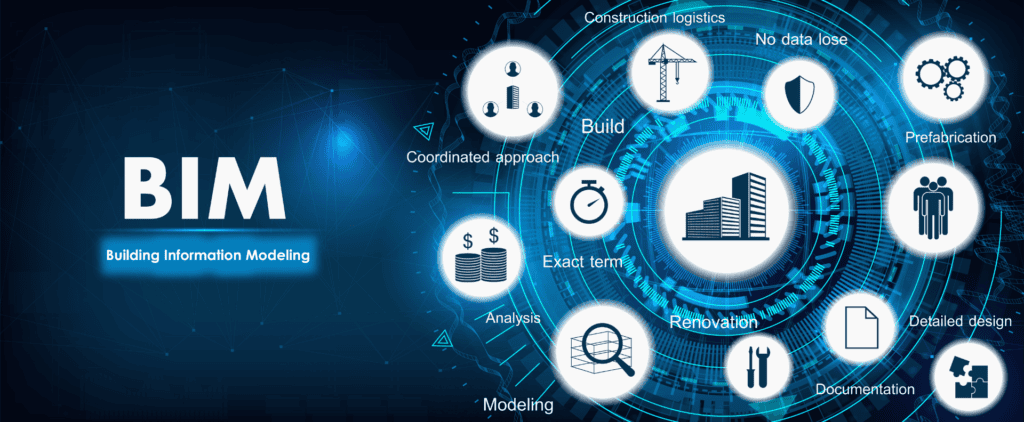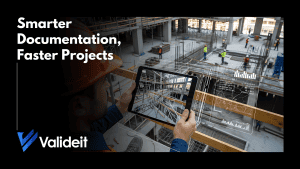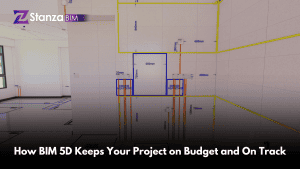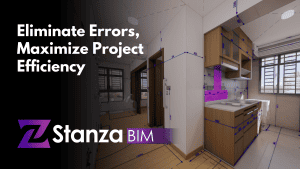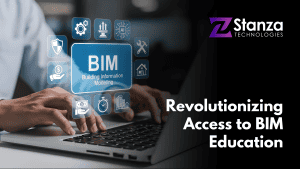In facility management, the adoption of Building Information Modeling (BIM) has revolutionized maintenance and asset management practices. BIM provides a comprehensive digital representation of a facility, enabling facility managers to optimize maintenance operations, streamline asset management, and enhance overall facility efficiency.
BIM allows facility managers to shift from reactive to proactive maintenance strategies. By integrating asset data, maintenance schedules, and historical performance information into the BIM model, managers can develop predictive maintenance plans, identify potential issues, and schedule maintenance tasks efficiently. This proactive approach minimizes downtime, reduces costly breakdowns, and extends the lifespan of assets.
BIM facilitates effective asset tracking and lifecycle management. Each asset within the BIM model can be tagged with relevant data, including specifications, warranty information, maintenance history, and replacement schedules. This centralized asset database enables efficient monitoring of assets, aids in decision-making for repairs or replacements, and ensures compliance with regulations and industry standards.
BIM provides facility managers with access to valuable data for informed decision-making. By analyzing the information within the BIM model, managers can identify trends, assess asset performance, and make data-driven decisions regarding maintenance strategies, energy efficiency improvements, and capital investments. This data-driven approach enhances operational efficiency, reduces costs, and improves the overall performance of facilities.
BIM promotes effective collaboration and communication among facility stakeholders. The shared BIM model serves as a centralized platform for exchanging information, recording maintenance activities, and communicating updates. This streamlines communication between facility managers, maintenance teams, and contractors, ensuring that everyone has access to the most up-to-date information, leading to improved coordination and timely resolution of maintenance issues.
BIM has transformed facility management’s maintenance and asset management practices, enabling proactive maintenance planning, streamlined asset tracking, data-driven decision-making, enhanced collaboration, and integration with facility management systems. By harnessing the power of BIM, facility managers can optimize maintenance operations, extend asset lifespan, improve efficiency, and ensure the smooth and cost-effective functioning of facilities.
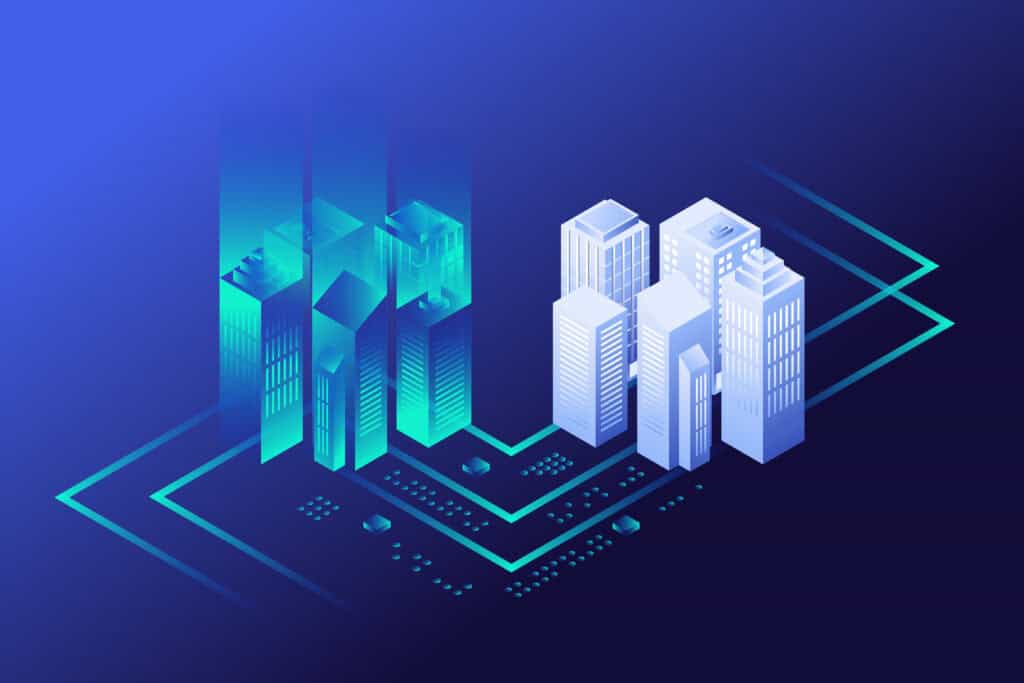
Unleashing the Potential of Digital Twin for Smart Cities:
Digital Twin technology is revolutionizing the way cities are planned, managed, and experienced. Digital Twin enables real-time monitoring, simulation, and optimization of urban environments by creating a virtual replica of physical assets, systems, and processes.
Digital Twin technology allows urban planners and designers to create comprehensive virtual models of cities. By integrating data from various sources, including sensors, Internet of Things (IoT) devices, and urban infrastructure, planners can visualize and analyze different scenarios to optimize land use, transportation systems, and urban development. This enables better-informed decision-making, leading to more efficient and sustainable urban planning outcomes.
With a Digital Twin of city infrastructure, municipal authorities can monitor critical assets’ performance, maintenance needs, and energy consumption in real-time. This enables predictive maintenance, proactive asset management, and resource optimization, resulting in reduced downtime, cost savings, and improved infrastructure resilience. By simulating scenarios and testing interventions within the virtual environment, authorities can also optimize resource allocation for infrastructure upgrades and improvements.
Digital Twin technology plays a crucial role in enabling smart and sustainable cities. Digital Twins can simulate and optimize resource utilization, energy efficiency, and environmental impact by integrating data from various sources, including energy consumption, air quality, and traffic patterns. This enables cities to implement data-driven policies, reduce carbon emissions, and enhance overall sustainability, creating healthier and more livable urban environments.
Digital Twin technology is transforming the landscape of smart cities by providing virtual replicas that facilitate data-driven decision-making, optimize infrastructure management, improve citizen engagement, and drive sustainability. By harnessing the power of Digital Twin, cities can enhance planning and design, optimize resource allocation, and create vibrant, livable urban environments that meet the needs of residents today and in the future.
